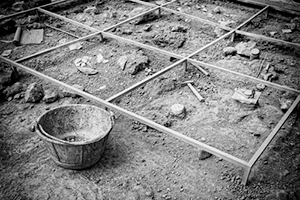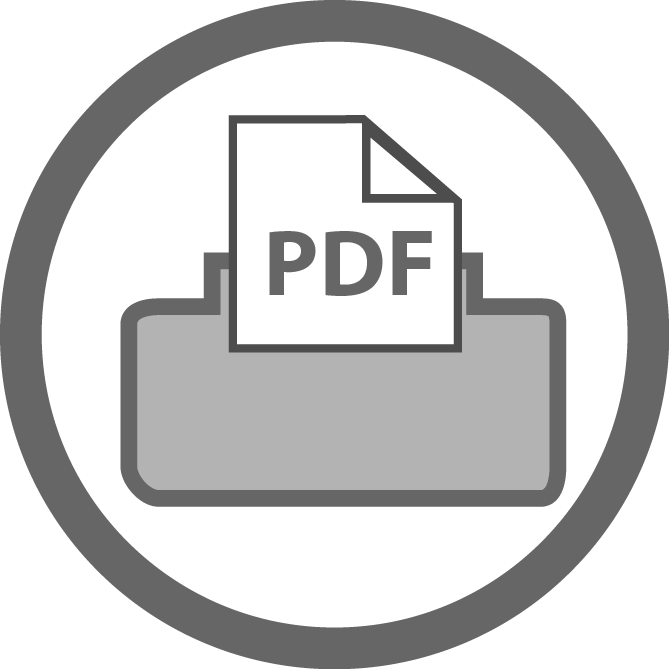 by Monika Scislowska and Vanessa Gera
by Monika Scislowska and Vanessa Gera
Archaeological remnants that have remained hidden in a river for over 70 years are exposed as river levels drop because of drought. The drop in the water level has exposed materials from Poland’s tortured twentieth century history.
Strategies/Skills Used
Reading Strategy 2: Predict what will be learned or what will happen.
Reading Strategy 6: Connect what you read with what you already know.
Reading Strategy 11: Make inferences and draw conclusions.
 TEACHING THE ACTIVITY: PRE-READING
TEACHING THE ACTIVITY: PRE-READING
 (1) Show students the photo in the article.
(1) Show students the photo in the article.
(2) Brainstorm with students what they see in the photo. Draw their attention to the script written on the block. Ask: What might the block of granite be? What do they think the historical significance of this tombstone is?
 (3) Google images of the “Poniatowski Bridge in Poland,” the “Vistula River,” and “Vistula river and drought.”
(3) Google images of the “Poniatowski Bridge in Poland,” the “Vistula River,” and “Vistula river and drought.”
 (4) Show students both historical and current photos of the bridge and the river. Do PWIM with the class. Record responses on the board using Ron Ritchard’s See, Think, Wonder. Ask students: What do you see in the photos? How does this connect to the image in the article?
(4) Show students both historical and current photos of the bridge and the river. Do PWIM with the class. Record responses on the board using Ron Ritchard’s See, Think, Wonder. Ask students: What do you see in the photos? How does this connect to the image in the article?
(5) Ask students to predict what the article may be about.
 TEACHING THE ACTIVITY: DURING READING
TEACHING THE ACTIVITY: DURING READING
 (6) Using think out loud – Read the article .
(6) Using think out loud – Read the article .
(7) Record questions the students have as you read. Use Ron Ritchhard’s  See, Think, Wonder.
See, Think, Wonder.
(8) Use reading activity Thinking While Reading to help students draw conclusions about both the current and historical the events referenced in the article.
(9) Have students discuss the following questions:
What do you still wonder about?
What are you curious about after reading and thinking about the article?
 TEACHING THE ACTIVITY: POST-READING
TEACHING THE ACTIVITY: POST-READING
(10) Discuss the tone of the article. What is its impact?
(11) Write a letter to the editor, diary entry, journal entry or editorial from either an historical or current perspective about one aspect of the article that student’s found provocative.